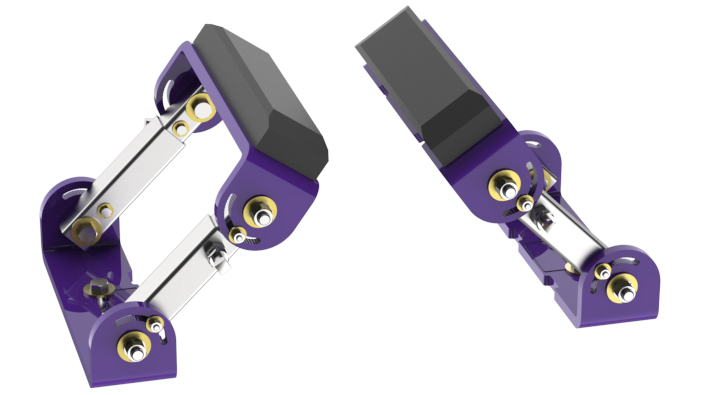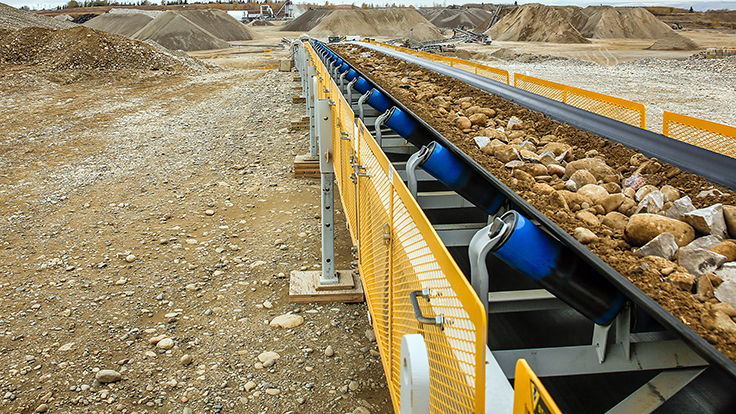
Flexco added a belt support bar to its line of heavy-duty belt support system tools.
Once installed onto a conveyor belt, Flexco says the belt support bar immediately creates a better seal, mitigating the release of dust and creating a more efficient and safer belt conveying process.
“The belt support bar is a much-needed addition to our collection of conveyor belt support systems,” says Kevin Fales, product manager at Flexco. “During site visits, our territory managers often notice idlers in the conveyor load zone that are either installed so close together that they become difficult to impossible to service, or installed too far apart, causing the belt to sag.
“Unfortunately, this can create significant issues for plant managers, as when their belts are unsupported, their skirting system cannot properly seal, letting dust or material leak out,” Fales adds. “The material pileup that is created is hazardous to work around, often requiring physical labor to clean up, and causes other components like the belt, idlers or pulleys to become susceptible to excess wear.
Even worse, Fales says the release of dust subjects workers to it.
“By utilizing our new belt support bar, operators can effectively flatten and seal their belts, mitigating these negative effects and helping to reduce potential downtime incidents,” he says.
According to Flexco, its belt support bar allows installation crews to leave the belt in place during setup, avoiding complications that arise when using a different support system such as impact bars that may require a team to lift the belt and completely remove the prior system during installation.
Instead, the belt support bar bolts onto the frame of the conveyor structure between idlers. It’s pushed in place to hold the belt up, and it’s then bolted in place to create a seal and flattened belt.
The belt support bar is available for belt widths ranging from 18 in. to 96 in. It’s available in trough angles of 20, 35 and 45 degrees.
Flexco says the belt support bar can operate under a maximum belt speed of 1,000 feet per minute. It works in temperatures ranging from minus 20 to 180 degrees, the company adds, requiring a horizontal clearance of 16 to 30 in.











